
Weevils are beetles belonging to the superfamily Curculionoidea, known for their elongated snouts. They are usually small – less than 6 mm in length – and herbivorous. Approximately 97,000 species of weevils are known. They belong to several families, with most of them in the family Curculionidae. It also includes bark beetles, which while morphologically dissimilar to other weevils in lacking the distinctive snout, is a subfamily of Curculionidae. Some other beetles, although not closely related, bear the name "weevil", such as the biscuit weevil, which belongs to the family Ptinidae.

Polydrusus cervinus is a species of weevil native to Europe.

Sitona hispidulus is a species of weevil native to Europe. Invasive to Asia and North America.
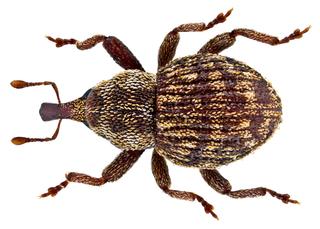
Acalles ptinoides is a species of weevil native to Europe.

Anoplus plantaris is a species of weevil native to Europe.

Archarius pyrrhoceras is a species of weevil native to Europe.

Ceutorhynchus pallidactylus is a species of weevil native to Europe.
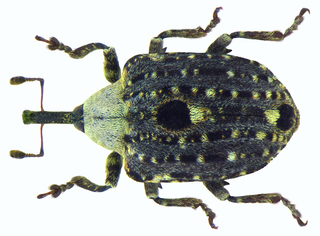
Cionus scrophulariae, commonly known as the figwort weevil is a species of weevil native to Europe.

Coeliodes ruber is a species of weevil native to Europe.

Cryptorhynchus lapathi is a species of weevil native to Europe. Its common names include poplar and willow borer, osier weevil, and willow weevil.
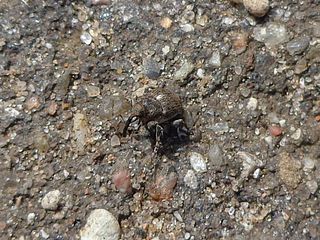
Glocianus punctiger is a species of weevil native to Europe.
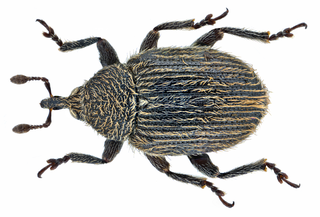
Gymnetron antirrhini is a species of weevil native to Europe.
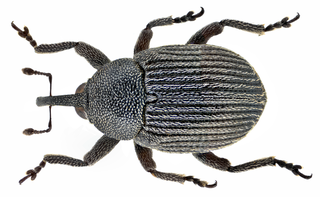
Miarus campanulae is a species of weevil native to Europe.

Micrelus ericae is a species of weevil native to Europe.

Phytobius leucogaster is a species of weevil native to Europe.

Pissodes pini is a species of weevil native to Europe.
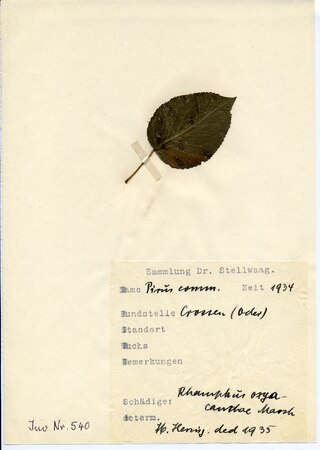
Rhamphus oxyacanthae is a species of weevil native to Europe.
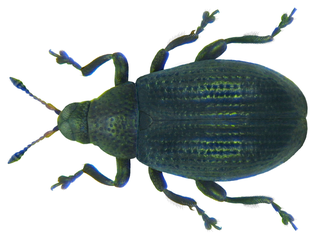
Rhamphus pulicarius is a species of weevil native to Europe.

Syagrius intrudens is a species of weevil native to Europe.

Thamiocolus viduatus is a species of weevil native to Europe.




















